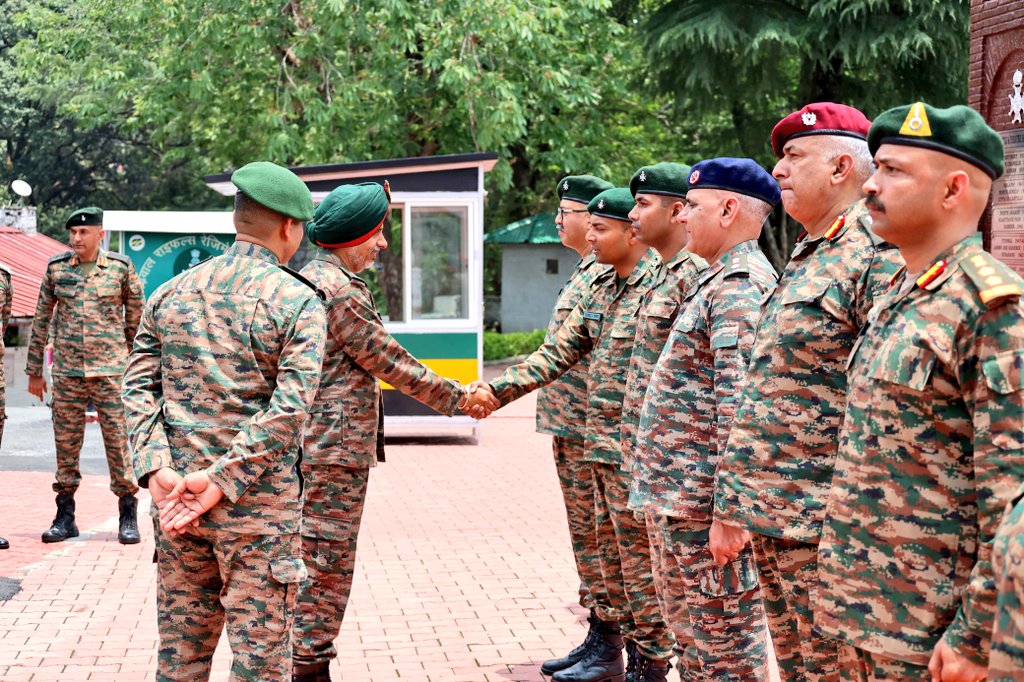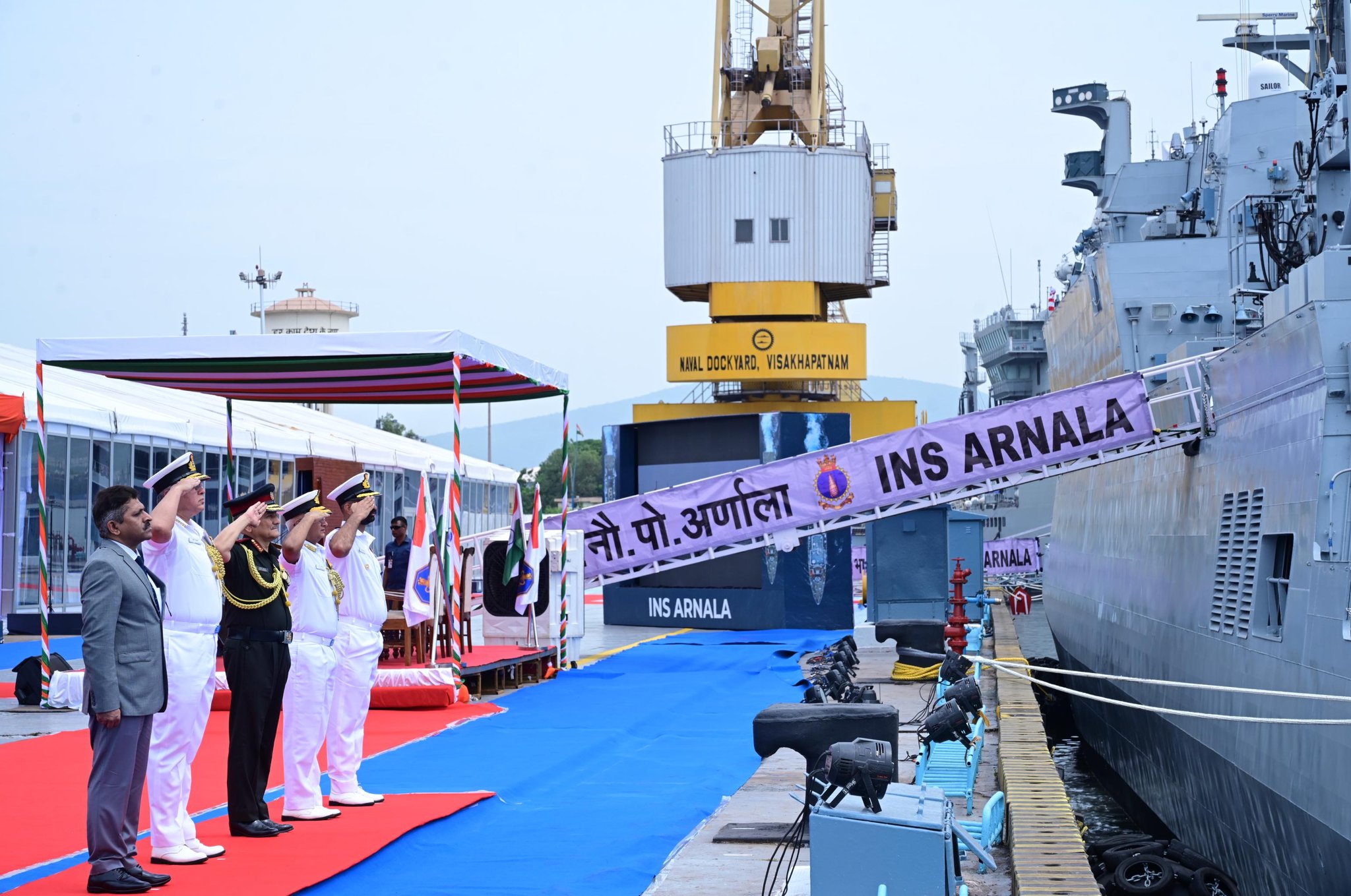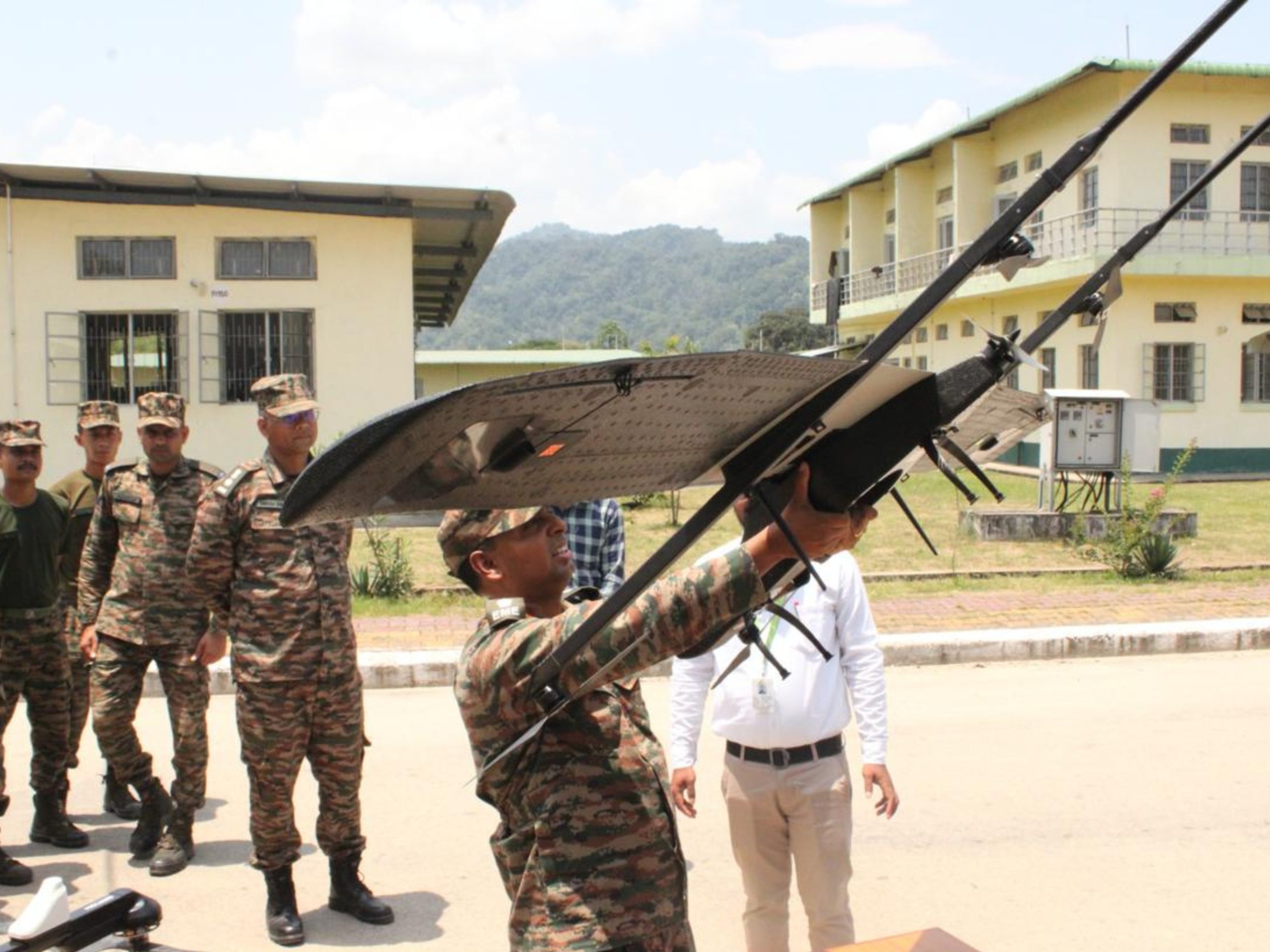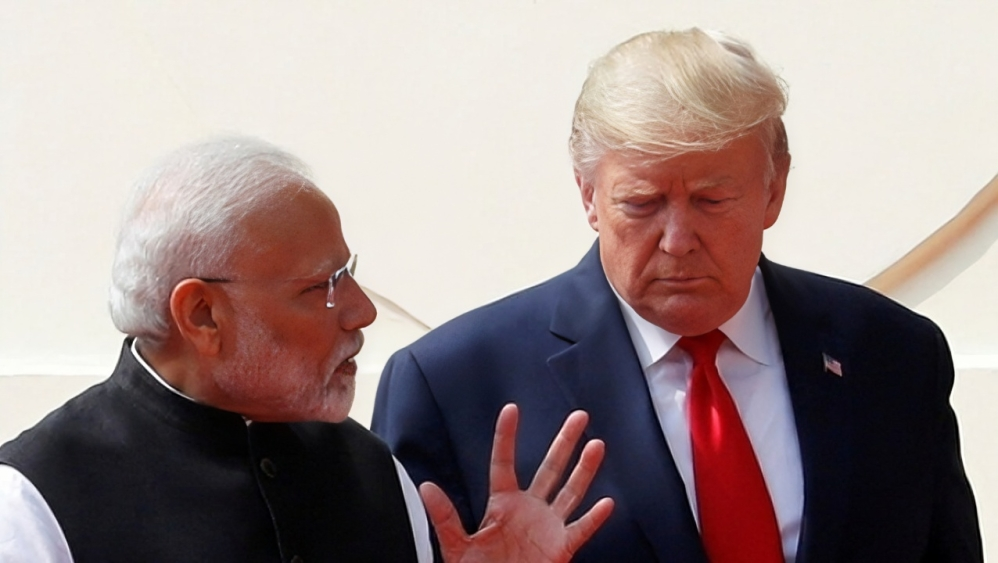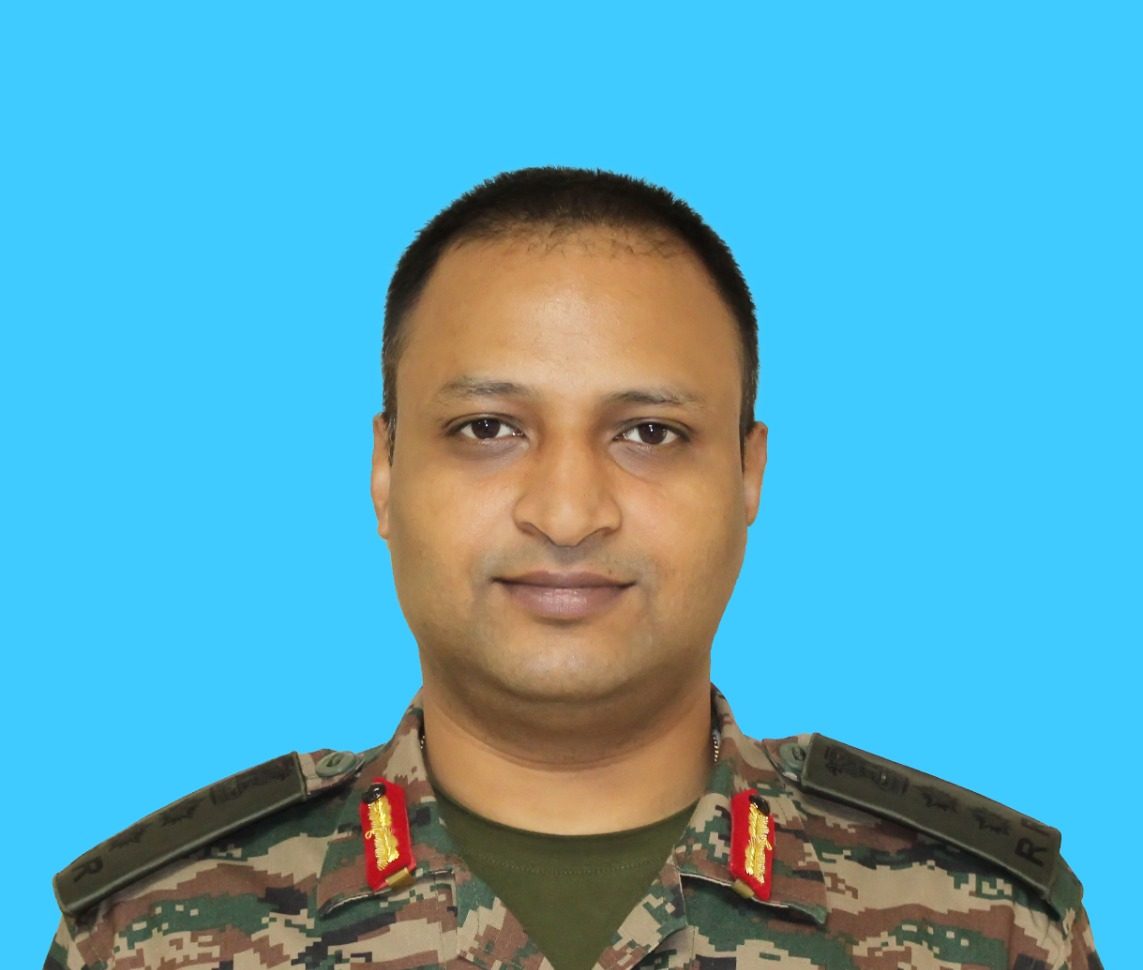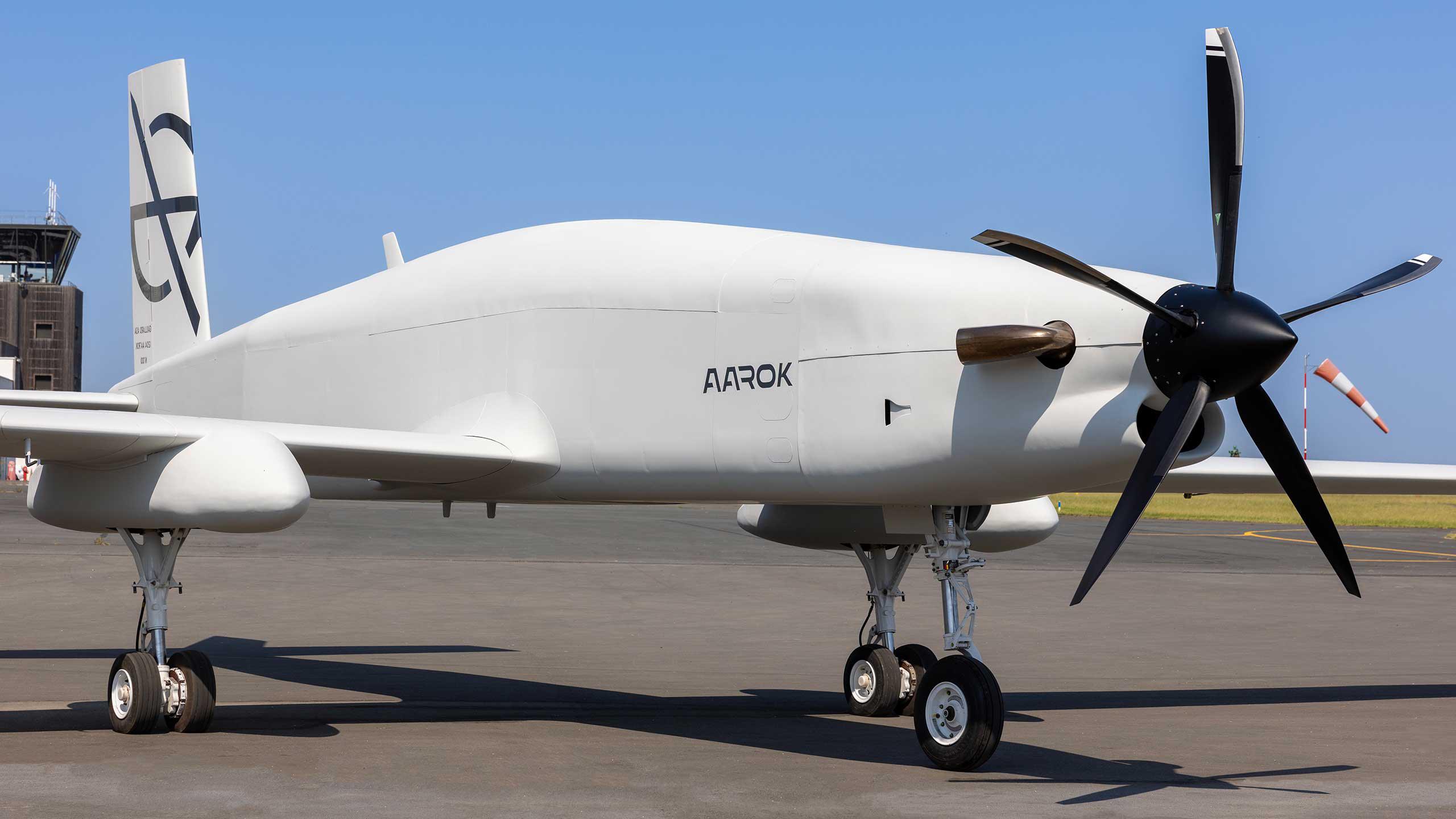Maj Gen MPS Gill Reviews Operational Readiness and Agniveer Training at GRRC Lansdowne
Major General MPS Gill, VSM, the General Officer Commanding (GOC) of the Uttarakhand sub-area, conducted a detailed review of the…
INS Arnala Commissioned: India’s First Indigenous Anti-Submarine Shallow Water Craft Joins Navy
The Indian Navy today commissioned INS Arnala, the first indigenously designed and built Anti-Submarine Warfare Shallow Water Craft (ASW-SWC), in…
Indian Army Deploys Indigenous UAVs and Load Haulers in Arunachal to Boost Self-Reliance
In a major push toward defense self-reliance, the Indian Army's Spear Corps has begun deploying indigenously developed Tactical Load Haulers…
PM Modi Declines Trump’s Last-Minute Invite to Washington After Canada Visit
Prime Minister Narendra Modi has turned down a short-notice invitation from US President Donald Trump to visit Washington following his…
Colonel Somnath Mishra Passes Away at Army Base Hospital
The Indian Army is mourning the untimely demise of Colonel Somnath Mishra, the Commanding Officer of the 63 Rashtriya Rifles…
Bharat Forge and France’s Turgis Gaillard Join Hands to Manufacture AAROK MALE UAV in India
Bharat Forge and French aerospace firm Turgis Gaillard have signed a memorandum of understanding (MoU) to jointly manufacture the AAROK…

